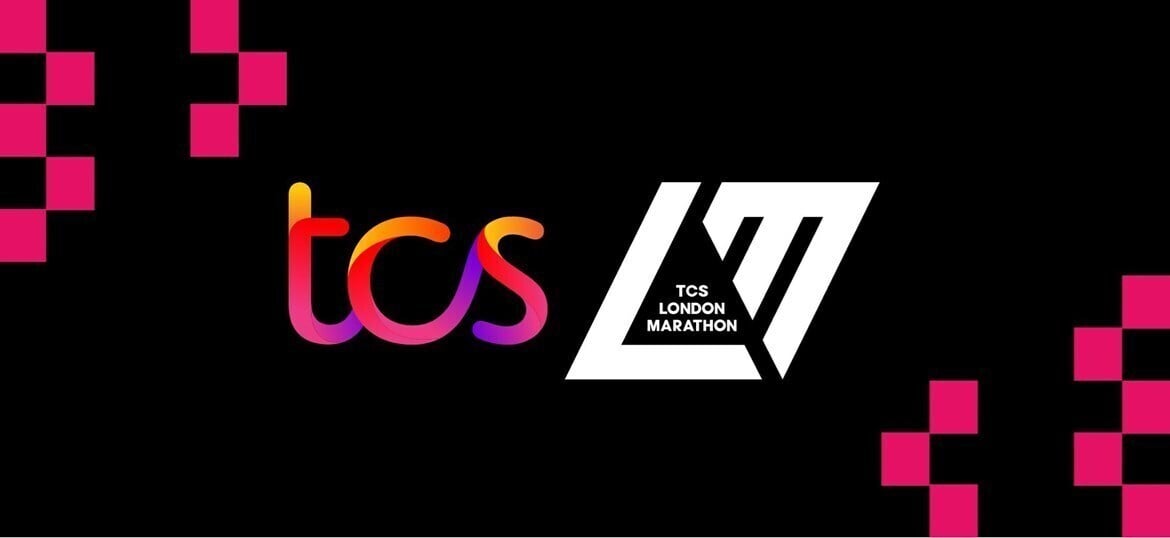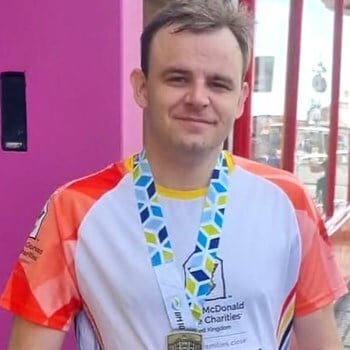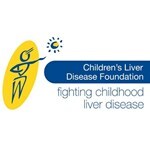Running/walking/ limping and crying the 2023 London Marathon for CLDF
David Murray
My Story
Sunday 23rd April- London Marathon
Children’s Liver Disease Foundation is the only UK charity dedicated to fighting all childhood liver diseases.
How would you feel if your beautiful new-born baby or your previously active teenager was diagnosed with a life-threatening liver disease? Each week in the UK, this happens to twenty children. It could be your child or your grandchild. There’s no magic wand or quick fix.
Biliary atresia is a serious liver disorder that occurs before or shortly after birth when a baby's bile ducts (the tubes that carry bile from the liver) become blocked. The body needs bile to aid digestion and carry wastes from the liver out of the body. When blocked ducts prevent bile from being excreted, the liver becomes damaged. An operation called the Kasai procedure is required.
The operation connects the bile draining from the liver directly to the gastrointestinal (GI) tract. It is most successful when done early in the disease process.
While the Kasai procedure is not a cure for biliary atresia, it is the preferred treatment because it allows a child to grow and remain in good health for several years. A successful Kasai procedure delays the need for a liver transplant until later in childhood or even adulthood.
Overall survival with a native liver (not transplanted) ranges from 30-55 percent at 5 years of age; and 30-40 percent at 10 years of age. It is thought that approximately 80 percent of patients with biliary atresia will require liver transplantation by the age of 20. But these statistics may change as we learn more about biliary atresia and modify our treatment approaches.
Those living with their native liver and reaching adulthood, can expect to go to school, have jobs and even families, if they desire. Both young adults living with their native liver and those who have undergone transplantation can have children.
Their children do not inherit biliary atresia.
Whether living with a native or transplanted liver, young adults with biliary atresia have been described as enjoying a normal quality of life.
Beyond young adults, no one knows exactly what to expect. It is the current group of patients who will tell us what the future holds.
-
Target
£2,000
-
Raised so far
£2,010
-
Number of donors
18
My Story
Sunday 23rd April- London Marathon
Children’s Liver Disease Foundation is the only UK charity dedicated to fighting all childhood liver diseases.
How would you feel if your beautiful new-born baby or your previously active teenager was diagnosed with a life-threatening liver disease? Each week in the UK, this happens to twenty children. It could be your child or your grandchild. There’s no magic wand or quick fix.
Biliary atresia is a serious liver disorder that occurs before or shortly after birth when a baby's bile ducts (the tubes that carry bile from the liver) become blocked. The body needs bile to aid digestion and carry wastes from the liver out of the body. When blocked ducts prevent bile from being excreted, the liver becomes damaged. An operation called the Kasai procedure is required.
The operation connects the bile draining from the liver directly to the gastrointestinal (GI) tract. It is most successful when done early in the disease process.
While the Kasai procedure is not a cure for biliary atresia, it is the preferred treatment because it allows a child to grow and remain in good health for several years. A successful Kasai procedure delays the need for a liver transplant until later in childhood or even adulthood.
Overall survival with a native liver (not transplanted) ranges from 30-55 percent at 5 years of age; and 30-40 percent at 10 years of age. It is thought that approximately 80 percent of patients with biliary atresia will require liver transplantation by the age of 20. But these statistics may change as we learn more about biliary atresia and modify our treatment approaches.
Those living with their native liver and reaching adulthood, can expect to go to school, have jobs and even families, if they desire. Both young adults living with their native liver and those who have undergone transplantation can have children.
Their children do not inherit biliary atresia.
Whether living with a native or transplanted liver, young adults with biliary atresia have been described as enjoying a normal quality of life.
Beyond young adults, no one knows exactly what to expect. It is the current group of patients who will tell us what the future holds.






